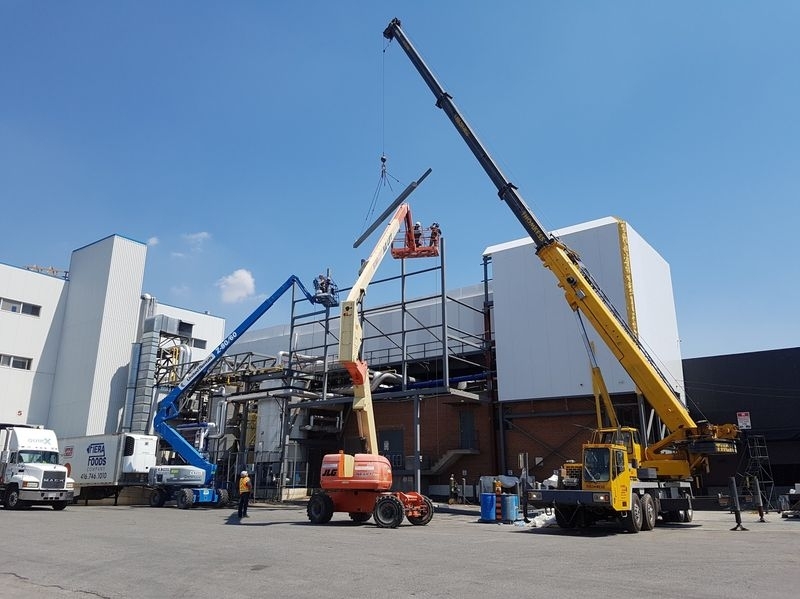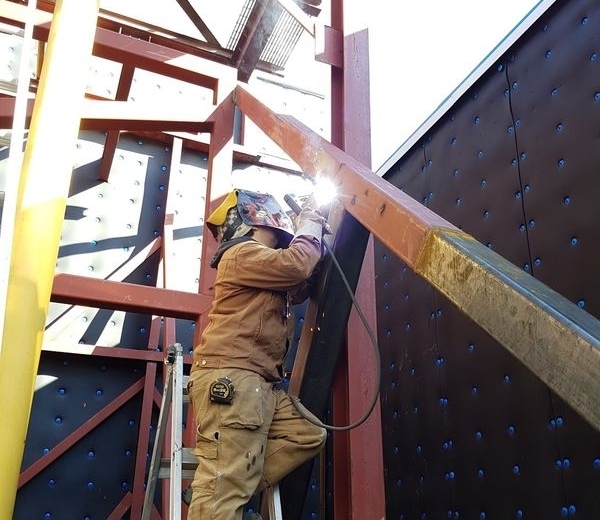
In the realm of manufacturing and construction, structural welding holds a fundamental place. Structural welding binds together the framework of a building. However, it is also an industry where accidents and injuries can occur regularly if safety protocols are not followed. In our next blog, we explore common safety risks associated with structural welding and provide recommendations on how to mitigate them.
Electric shocks occur when a welder touches an electrode or a metal part, thereby closing the circuit between the electrode, power supply and the metal part. As soon as the circuit is closed, current passes through, causing spasms, burns or even death. Factors like voltage, duration of exposure to the current and the path it takes in the body will affect the severity of the electric shock.
To prevent electric shocks during structural welding, welders and structural steel fabricators must take special care when working with electrodes and welding machines as well as wear proper personal protective equipment. Not touching the electrodes and wearing special leather gloves will help minimize the risks of electric shocks during welding.

Welding arcs can reach very high temperatures, but it isn’t just the arc that is dangerous. Welding sparks and molten metal spattering over the objects located in the vicinity of the welding area can cause severe skin burns and ignite combustible materials nearby.
Wearing proper PPE (including welding jacket and helmet) will protect the welder from sparks and burns.
Sparks and molten metal spatters pose high risk of fire and explosions if combustible materials are located in the vicinity of the active welding area. To prevent any fire hazard on the structural welding work site, welders must ensure the working area is clear from any combustible materials. Welding screens are also helpful in keeping the welding area and its surroundings safe.
Welding gases comprise various hazardous chemical compounds, which can be harmful to humans if inhaled. Therefore, employers must have proper ventilation in place for the gases and fumes to be extracted from the facility. Additionally, welders must wear proper respirators when it is necessary to prevent the inhalation of dangerous elements.
Welding fumes can contain harmful compounds which are detrimental to welders’ health if inhaled. This means that employers are required to set up proper ventilation in their shops – whether in the form of fan, exhaust, or other ventilation systems.
As you can see, structural welding can be dangerous if no precautionary measures are taken. Welders and structural steel fabricators must always prepare for the work with electrical equipment by wearing proper protective equipment and following work procedure protocols set by the regulatory authorities. That way, they can ensure a safe and healthy work environment where they can focus on the job.